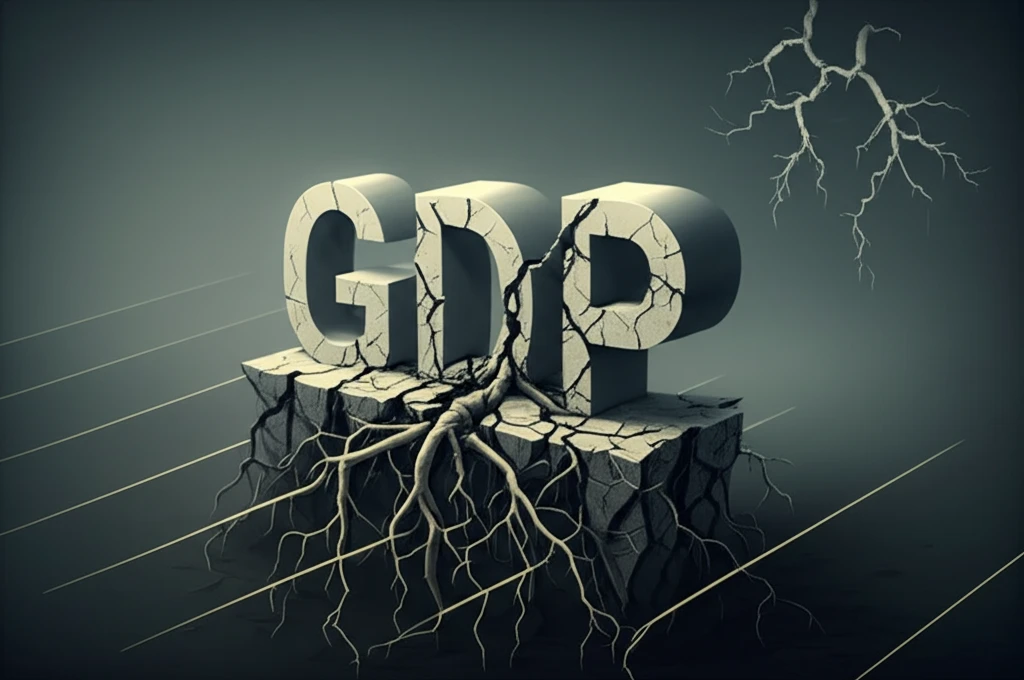
GDP Under the Microscope: Why Traditional Economic Models Might Be Misleading You
"Uncover the surprising flaws in standard GDP models and how they impact everything from investment strategies to understanding economic health."
Gross Domestic Product (GDP) is often hailed as the ultimate scorecard for an economy's health. It's the figure flashed on news headlines, the metric guiding investment decisions, and the benchmark against which governments are judged. But what if the models we use to calculate and interpret GDP are fundamentally flawed? What if these flaws are leading us to misinterpret economic signals and make misguided decisions?
For decades, economists have relied on aggregate production functions (APF) to understand the relationship between inputs like capital and labor and the resulting economic output. These models, while seemingly straightforward, come with serious limitations. The assumption that you can neatly aggregate all economic activity into a single function has been challenged, yet these models persist in influencing policy and our understanding of the economy.
This article dives deep into the debate surrounding traditional GDP models, exploring their weaknesses and highlighting the need for more nuanced approaches. We'll examine the research that questions the validity of aggregate production functions and consider alternative methods for assessing economic performance. It's time to rethink how we measure economic success and understand the forces shaping our financial world.
The Flaws in Our Economic Foundation: Why Aggregate Production Functions Are Under Scrutiny

At the heart of the issue lies the concept of aggregate production functions (APF). These functions aim to link the total output of an economy to the combined inputs of physical capital and labor. The idea is simple: plug in the numbers for capital and labor, and out pops a measure of GDP. However, many economists argue that this approach is overly simplistic and potentially misleading.
- Aggregation Issues: Combining various sectors into one function oversimplifies the economy.
- Oversimplification: Reduces complex interactions into a single equation, which obscures key details.
- Specific Assumptions: Deriving APFs from micro-foundations requires very specific and often unrealistic assumptions.
Beyond Traditional Models: Embracing New Approaches to Understand Our Economy
The research is clear. While traditional GDP models based on aggregate production functions provide a convenient framework for analysis, they come with significant limitations. Over-reliance on these models can lead to a distorted view of the economy and potentially flawed policy decisions. It's time to embrace new approaches that capture the complexity of economic interactions and provide a more nuanced understanding of the forces shaping our financial world. Whether it's through more sophisticated time-series analysis or a deeper dive into micro-foundations, a more comprehensive approach is essential for navigating the challenges of the modern economy. Are you ready to rethink what you know about GDP? It might just change the way you see the world.
